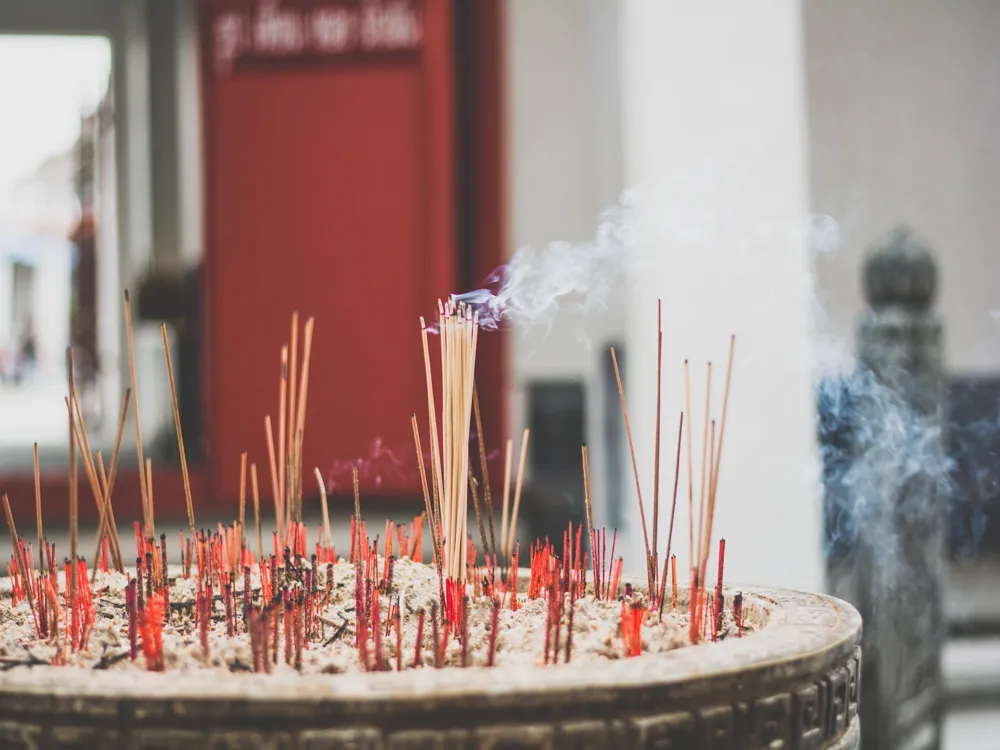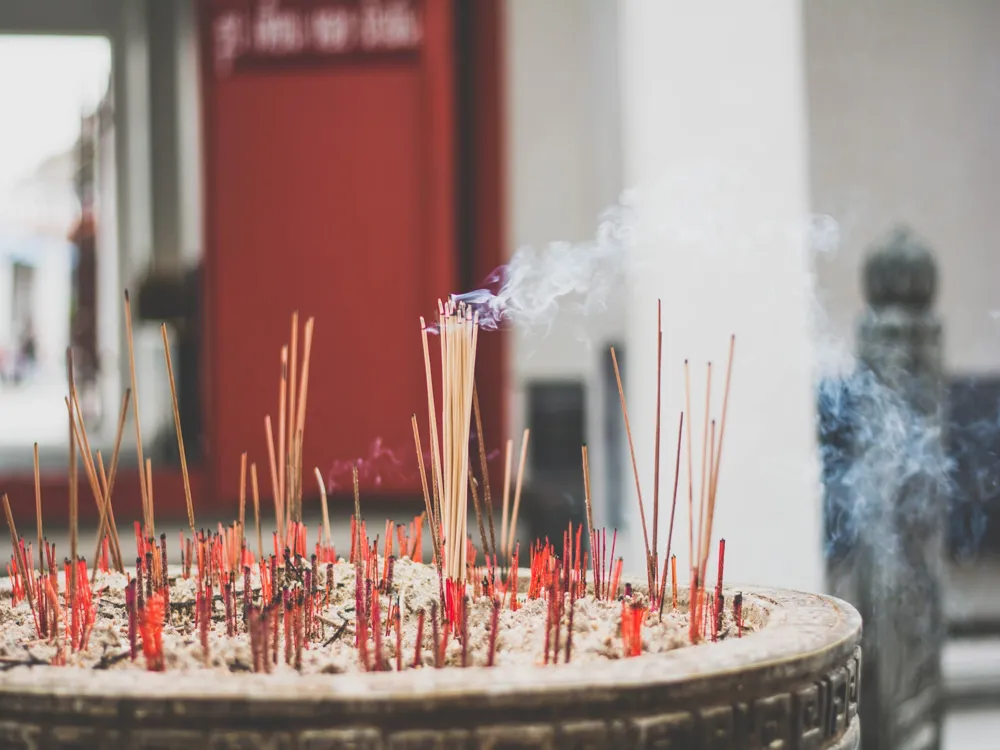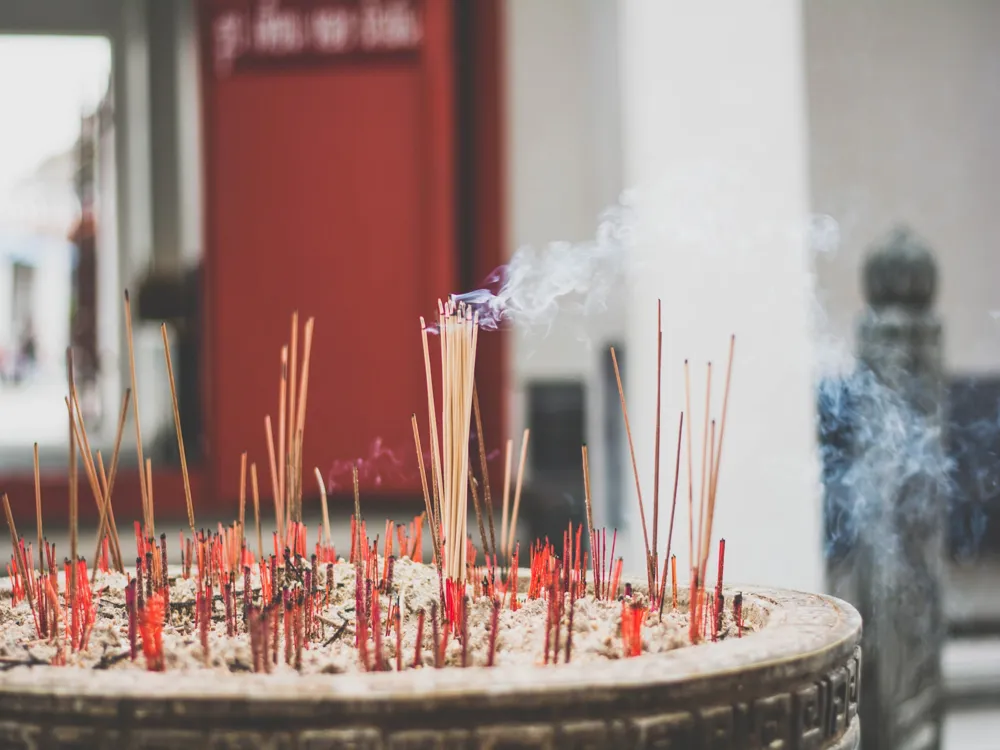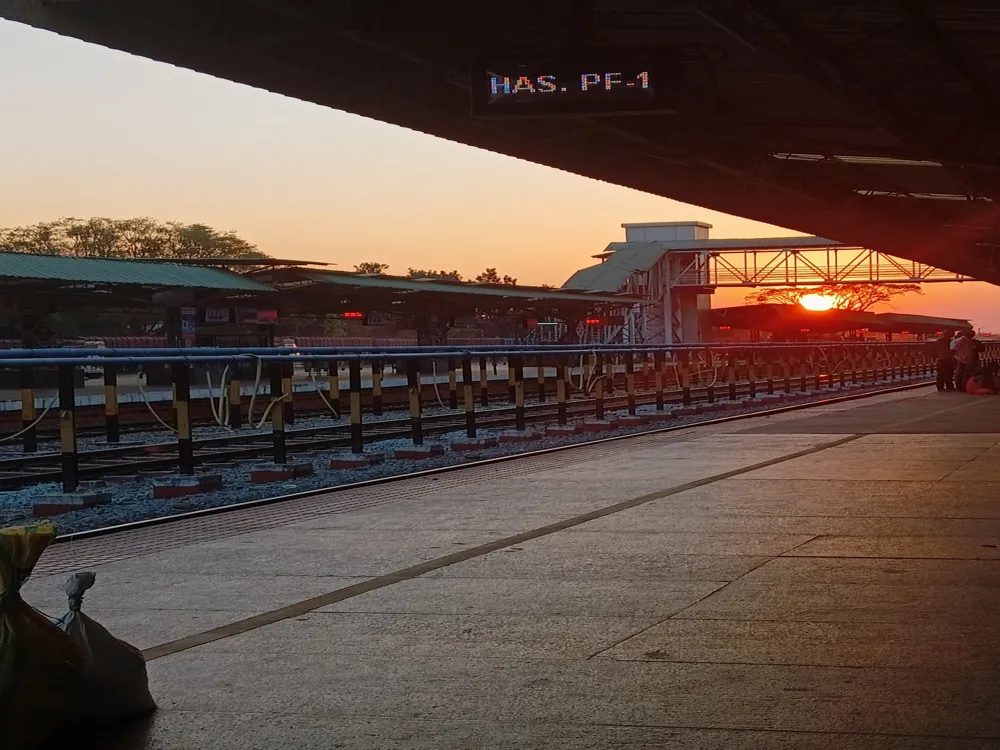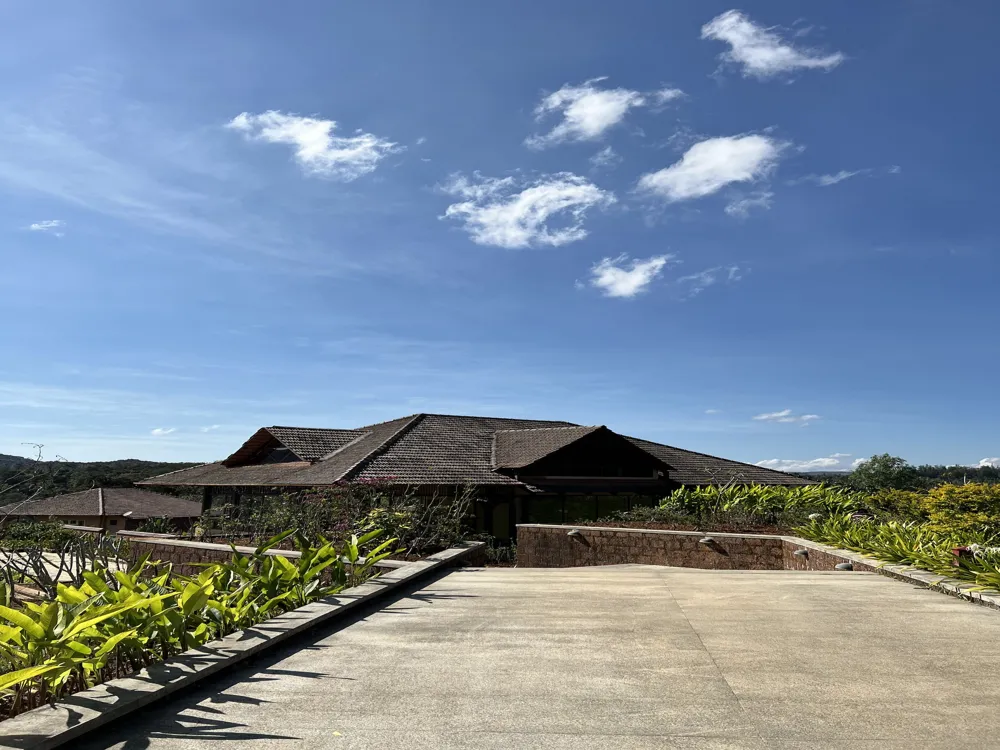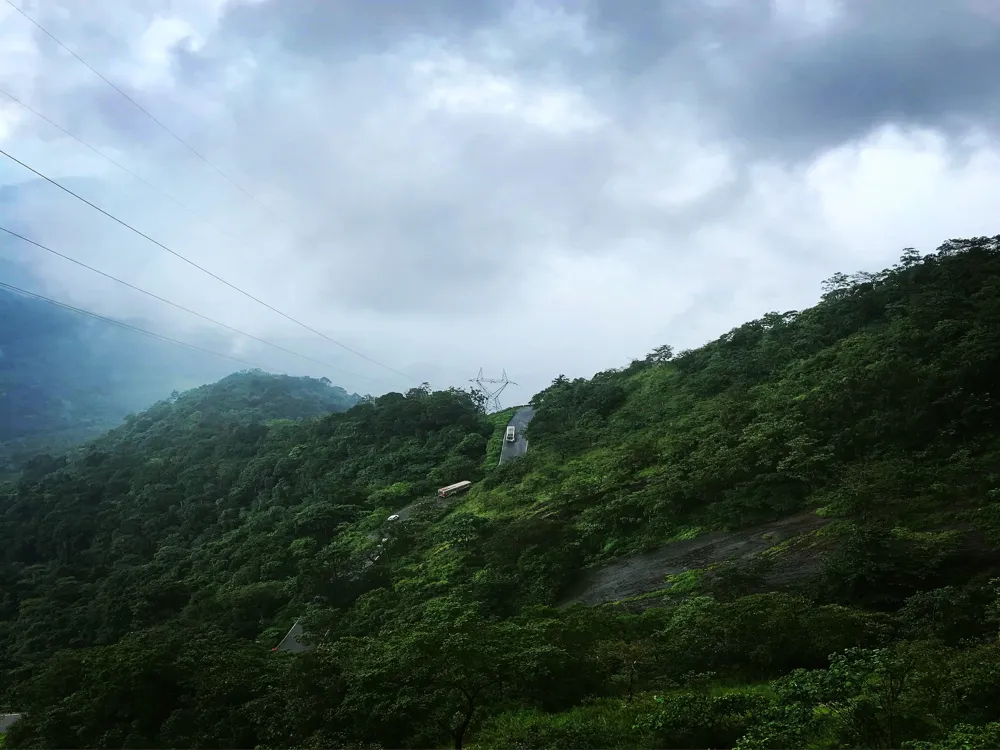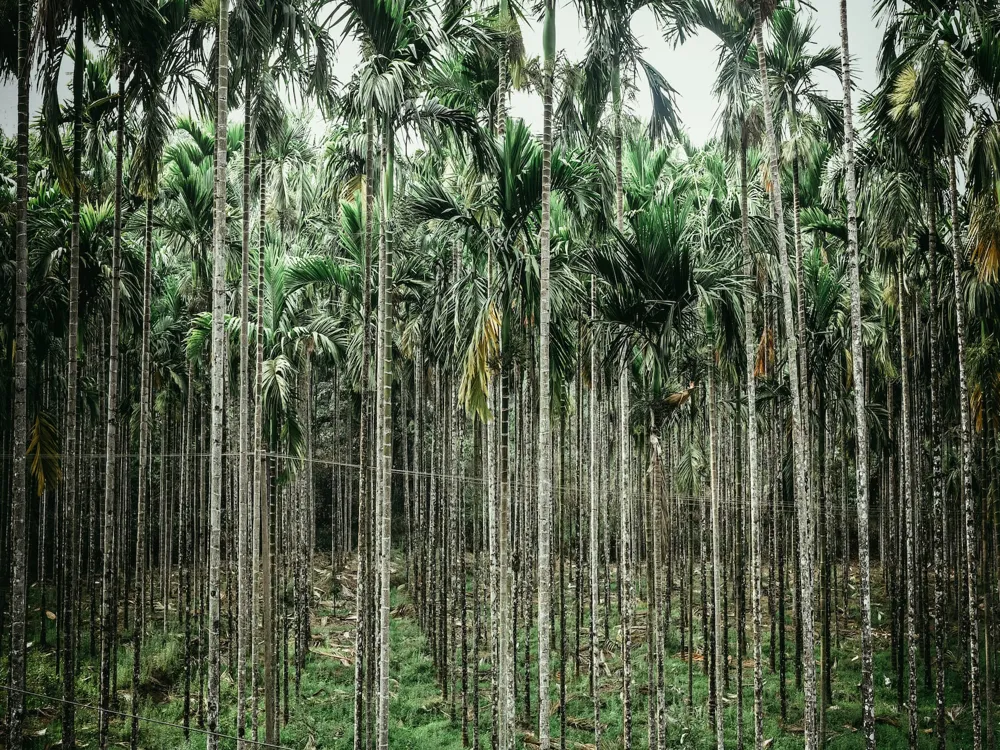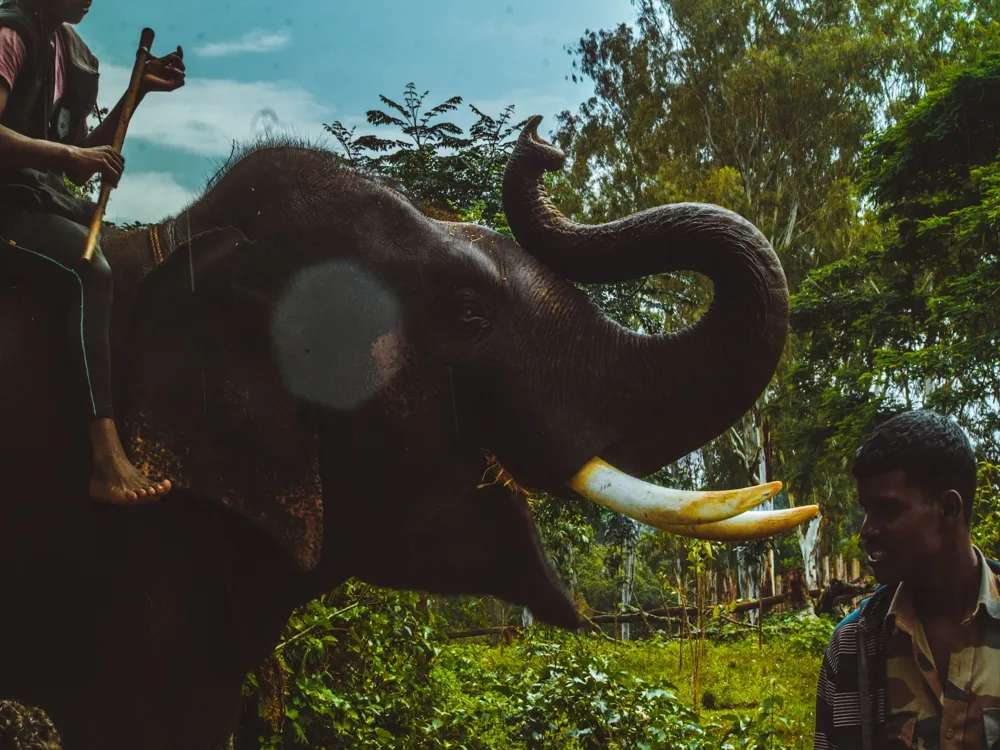The Kappe Chennigaraya Temple, situated in the historic town of Hassan in Karnataka, India, is a remarkable example of Hoysala architecture. This temple, often overshadowed by the more famous Hoysaleswara and Chennakeshava temples in the region, holds its unique charm and historical significance. Dedicated to the deity Chennigaraya, an incarnation of Lord Vishnu, the temple dates back to the 12th century, a period marked by the flourishing of art, culture, and architecture under the rule of the Hoysala Empire. Unlike the grandeur of its neighboring temples, Kappe Chennigaraya Temple stands out for its modest size but intricate artwork. The name 'Kappe' (meaning frog in Kannada) is believed to have originated from a legend associated with the temple. The temple's exterior walls are adorned with an array of sculptures and friezes depicting various Hindu deities, mythological scenes, and episodes from the epics of Ramayana and Mahabharata. The detailed carvings and ornamental work showcase the expertise and artistic skills of the Hoysala craftsmen. The temple's architecture follows a trikuta vimana (three-shrined) design, although only the central shrine has a tower. The star-shaped platform, a signature of Hoysala temple architecture, elevates the temple, giving it a distinguished presence. The interior of the temple, although simpler than its exterior, contains beautifully carved pillars and a sanctum that houses the deity. Over the centuries, the Kappe Chennigaraya Temple has witnessed numerous renovations and restorations, yet it retains its original charm and continues to be a testament to the architectural prowess of the Hoysala era. The Kappe Chennigaraya Temple's architecture is a fine specimen of the Hoysala architectural style, renowned for its intricacy, sophistication, and attention to detail. The temple is built on a jagati (raised platform), typical of Hoysala constructions, which not only adds to its grandeur but also provides a circumambulatory path around the temple. The vimana (temple tower) is intricately carved, featuring various deities, dancers, musicians, and floral motifs, symbolizing the rich cultural and religious heritage of the era. The temple's layout is based on a trikuta plan, meaning it originally had three shrines, though only the central one has a tower. Each shrine is connected to a mandapa (hall), and the entire structure is adorned with finely carved sculptures and panels. The walls of the temple depict scenes from Hindu mythology, including the Ramayana, Mahabharata, and the Puranas. These carvings not only serve a decorative purpose but also function as a visual storytelling medium, educating devotees about the religious and cultural ethos of Hinduism. The temple's interiors are equally remarkable. The hall leading to the sanctum is supported by lathe-turned pillars, a characteristic feature of Hoysala architecture. These pillars are not just structural elements but are also intricately carved with various designs, adding to the aesthetic appeal of the temple. The ceiling panels are adorned with elaborate carvings of floral motifs and divine figures. The sanctum sanctorum houses the main deity, Chennigaraya, and is a focal point of devotion and architectural beauty. Visitors to the Kappe Chennigaraya Temple should dress conservatively, respecting the sanctity of the place. Traditional Indian attire is recommended, but modest Western clothing is also acceptable. While photography may be allowed in certain areas of the temple, it's essential to check for any restrictions, especially inside the sanctum. Always respect the privacy of other worshippers and avoid using flash. To fully appreciate the temple's history and architecture, consider joining a guided tour. Knowledgeable guides can provide deeper insights into the temple's past and its architectural significance. It's important to follow local customs and etiquette, such as removing shoes before entering the temple and maintaining silence within the sanctum. Visitors should also be respectful of rituals and ceremonies taking place. Kappe Chennigaraya Temple in Hassan is well-connected by road and rail. The nearest airport is in Bangalore, from where Hassan can be reached by road or train. Regular bus services and taxis are available from major cities in Karnataka. For those driving, the temple is accessible via national and state highways, offering a scenic journey through the Karnataka countryside. Read More:Overview of Kappe Chennigaraya Temple, Hassan, Karnataka
The architecture of Kappe Chennigaraya Temple
Tips When Visiting Kappe Chennigaraya Temple
Dress Appropriately
Photography Guidelines
Guided Tours
Local Etiquette
How To Reach Kappe Chennigaraya Temple
Kappe Chennigaraya Temple
Hassan
Karnataka
NaN onwards
View hassan Packages
Hassan Travel Packages
View All Packages For Hassan
Top Hotel Collections for Hassan

Private Pool

Luxury Hotels

5-Star Hotels

Pet Friendly
Top Hotels Near Hassan
Other Top Ranking Places In Hassan
View All Places To Visit In hassan
View hassan Packages
Hassan Travel Packages
View All Packages For Hassan
Top Hotel Collections for Hassan

Private Pool

Luxury Hotels

5-Star Hotels

Pet Friendly







